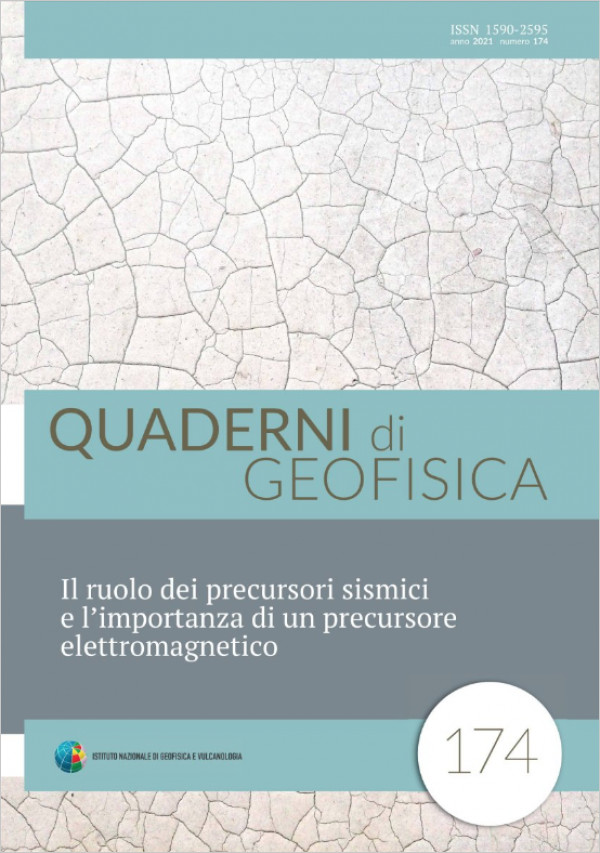This simple and qualitative discussion is an attempt to include in a comprehensive framework the problem of earthquake forecasting and univocally clarify the meaning of “precursor” and the true importance of their study. It is also the starting point to present the potential of the electromagnetic precursor in the framework of classic precursors. The fact that seismic precursors are truly existing phenomena does not represent the solution to the problem of deterministic forecasting. Currently a precursor is not a prediction aid but an investigative tool of the earthquake preparation process: aka the complex mechanism of microfracturing, growth and selforganization of fractures that is necessary to produce ruptures in the crust. Scholz’s “Theory of Dilatance” (ToD), improved and further developed for decades after 1960, remains one of the best explanations for the existence of observable precursors and still seems to highlight the only plausible common cause. ToD is presented here in an “extended” vision in the framework of geotechnical knowledge on rock fracturing in the laboratory. Dilatance is a systematic and necessary process with respect to rock breaking. It would itself be the ideal precursor to the earthquake if it did not lack the essential characteristic of being directly observable. At the moment, the only way to detect dilatance in nature is through its interaction with the surrounding environment and its ability to change the physical characteristics of the rock, that is, through secondary phenomena that it can cause. These phenomena sometimes visible on the surface are what we call precursors. We have reviewed the main “classic” precursors by examining them in the light of the ToD. The study of dilatance, which requires a comparative, systematic and extensive monitoring of precursor phenomena, could lead to a key of interpretation of the precursors themselves for the prediction of the earthquake.
Published: 2021-08-07

